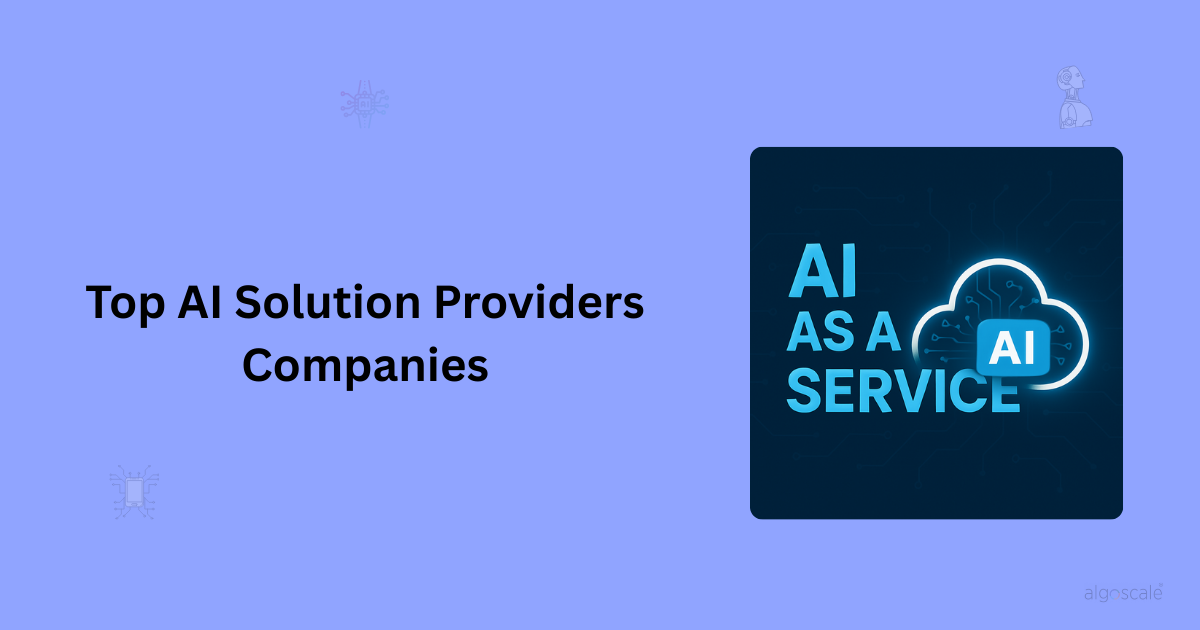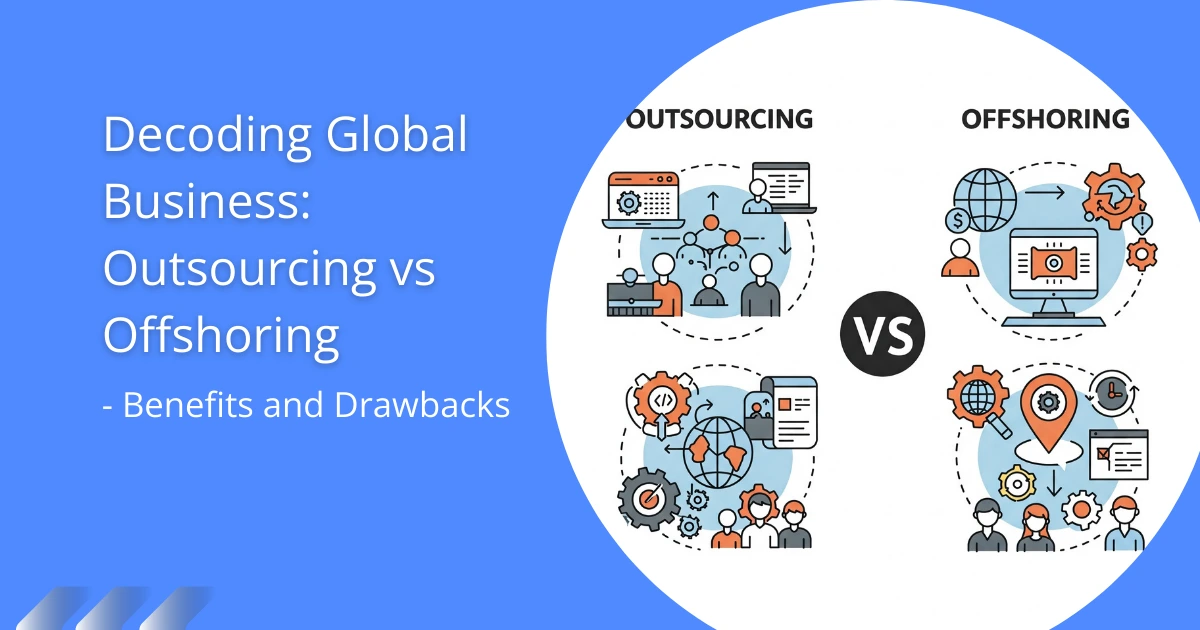In today’s data-driven economy, organizations are accumulating vast amounts of information from multiple sources at unprecedented speeds. While this influx of data presents immense opportunities, it also brings significant challenges around data quality, compliance, security, and usage. An effective data governance strategy is no longer a luxury but a business imperative.
Companies that succeed in establishing clear data ownership, policies, and processes can transform raw data into a strategic asset that drives innovation, ensures regulatory compliance, and unlocks competitive advantage.
What is Data Governance Strategy?

A data governance strategy is a structured framework that outlines how an organization manages, protects, and utilizes its data assets effectively. It includes a set of policies, procedures, standards, roles, and responsibilities designed to ensure data quality, consistency, security, and compliance across the entire data lifecycle.
At its core, a data governance strategy defines who owns the data, how it should be used, and what rules must be followed to ensure it supports business goals. This includes setting standards for data entry, ensuring proper access controls, maintaining regulatory compliance (like GDPR or CCPA), and establishing clear data stewardship roles.
By aligning data practices with business objectives, a well-defined data governance strategy helps organizations reduce risks, enhance decision making, build trust, and extract more value from their data.
Why Every Organization Needs an Effective Data Governance Strategy in 2025
The importance of data governance is growing rapidly as organizations become more data-driven and regulations continue to evolve. An effective approach provides the structure and oversight necessary to manage data as a valuable business asset. Let’s explore the key reasons why a robust data governance strategy is essential:
- Improve Data Quality – A governance strategy ensures that data is consistently validated, standardized, and cleansed. This leads to higher accuracy, reliability, and consistency across systems, reducing operational errors and enhancing decision-making.
- Ensure Regulatory Compliance – With regulations such as GDPR, CCPA, and other evolving data privacy laws, organizations must demonstrate control over how data is collected, stored, accessed, and shared. Data governance provides the necessary policies and audit trails to remain compliant and avoid costly penalties.
- Strengthen Data Security – An effective governance framework helps identify and classify sensitive data, applying appropriate security controls and access policies. This minimises the risk of data breaches, unauthorized access and ensures that critical data is safeguarded at every level.
- Enhance Operational Efficiency – A well-structured data governance strategy defines clear roles, responsibilities, and data ownership across the organization, especially when managing complex data environments like data lakes. This clarity streamlines workflows, reduces duplication of effort, and enhances collaboration between departments, ultimately improving productivity and reducing operational friction.
- Support Better Decision-Making – Accurate, consistent, and well-managed data is the foundation of effective analytics and business intelligence. With governance in place, decision-makers can rely on trusted data sources, leading to more informed strategies, timely responses, and measurable outcomes across business functions.
- Foster Trust and Accountability – A transparent governance framework establishes clear policies around data usage, access, and stewardship. This not only ensures accountability at every level but also fosters trust among internal teams, customers, and regulatory bodies, strengthening the organisation’s credibility and data culture.
7 Easy Steps to Build an Effective Data Governance Strategy

Building a successful data governance strategy requires a structured approach that aligns with your organization’s goals and operational realities. Below is a step-by-step guide to help you establish a comprehensive and sustainable governance framework tailored for technical and business stakeholders.
1. Define Clear Objectives
Start by identifying what your organization aims to achieve with data governance. Clear goals provide direction, align stakeholders, and help measure success. This step is one of the key elements of an effective data strategy, ensuring all governance efforts are tied to meaningful business outcomes.
2. Assemble a Governance Team
A cross-functional governance team is critical to the success of your strategy. This team should include representatives from IT, data management, legal, compliance, and business units. Data stewards and executive sponsors play key roles in guiding policy development and enforcing accountability. By involving diverse stakeholders, you ensure that governance policies are practical, inclusive, and well-supported across the organisation.
3. Identify and Classify Data Assets
Conduct a comprehensive audit of your data landscape to identify what data exists, where it resides, and how it flows through your systems. Once inventoried, classify the data based on sensitivity, regulatory requirements, business value, and usage. This classification enables you to prioritise governance efforts, apply appropriate controls, and reduce the risks associated with unmanaged or unprotected data.
4. Develop Policies and Standards
Establish a formal set of governance policies that define data ownership, access permissions, data quality expectations, and lifecycle management practices. These policies should be documented, communicated, and enforced consistently across departments. Standardizing how data is created, stored, shared, and retired helps ensure compliance and promotes a culture of accountability and transparency.
5. Implement Data Stewardship Roles
Assign data stewardship responsibilities to individuals or teams who will oversee the health, quality, and integrity of data within specific domains. Data stewards act as custodians, ensuring that governance policies are applied correctly and that issues are resolved promptly. They also serve as a bridge between technical teams and business users, aligning governance practices with operational realities.
6. Leverage the Right Tools and Technologies
Adopt data governance platforms, metadata management systems, and data catalogues to support the automation, monitoring, and enforcement of governance policies. These tools help track data lineage, manage metadata, and improve visibility into data assets across the organisation. By leveraging the right technology stack and product engineering services, organisations can scale their governance efforts efficiently, tailor solutions to their unique needs, and reduce the manual burden on governance teams.
7. Monitor, Measure and Optimise
Continuous improvement is essential to maintaining an effective governance strategy. Establish key performance indicators (KPIs) to measure success across areas like data quality, compliance adherence, and policy enforcement. Conduct regular audits and assessments to identify gaps and opportunities for improvement. As business needs evolve and new regulations emerge, be prepared to refine your governance model to remain agile and effective.
Major Challenges Related to Effective Data Governance Strategy
Implementing an effective data governance strategy is critical for maintaining data integrity, compliance, and operational efficiency. However, organizations often encounter several challenges that can impede progress. Below are five key challenges that technical and business teams should be aware of when designing or refining their data governance framework:
1. Siloed Data Environments
When data is spread across disconnected systems or departments, it becomes difficult to establish a unified governance model. These silos hinder visibility, complicate compliance, and obstruct the creation of a single source of truth.
2. Inconsistent Data Quality Standards
Variations in how data is captured, validated, and maintained across teams often lead to discrepancies and reliability issues. Establishing and enforcing enterprise-wide data quality standards is essential to ensure consistency and trust in the data.
3. Complex Regulatory Requirements
Navigating a growing landscape of data privacy and protection laws like GDPR, CCPA, and industry-specific regulations can be daunting. Organizations must continuously adapt governance policies to remain compliant while avoiding operational disruptions.
4. Limited Technical Resources
Data governance often competes with other IT priorities, making it challenging to allocate the necessary tools, infrastructure, and skilled personnel. Without the right resources, governance processes may remain manual, fragmented, or underdeveloped.
5. Measuring Success and ROI
Quantifying the value and impact of data governance can be challenging. Without clear metrics or KPIs, it becomes difficult to demonstrate progress, secure continued investment, or identify areas for improvement. Leveraging advanced technologies like machine learning consulting services can significantly enhance data quality monitoring, predictive analytics, and performance tracking, helping organizations make data governance more measurable and impactful.
Overcoming these challenges requires a coordinated approach that combines leadership alignment, cross-functional collaboration, the right technologies (including machine learning consulting services), and a clear communication strategy to embed governance into the organizational fabric.
How Algoscale Supports Your Data Governance Strategy
If you’re looking to establish a robust and future-ready data governance framework, Algoscale’s Data Governance Services offer end-to-end support—from strategy development and policy design to implementation and optimisation. With a strong focus on scalability, compliance, and automation, Algoscale helps organizations streamline governance operations and unlock the full value of their data assets.
Some of the key features of Algoscale’s Data Governance Services include the following,
-
- Customised Governance Frameworks – Tailored strategies based on your organisation’s industry, data landscape, and regulatory requirements to ensure effective governance from day one.
- End-to-End Data Lifecycle Management – Comprehensive support for managing data across its entire lifecycle—from creation and classification to archiving and disposal, ensuring consistency and compliance.
- Compliance-Ready Solutions – Built-in support for global data regulations such as GDPR, CCPA, and HIPAA, helping you stay audit-ready and avoid costly penalties.
- Strategy Development – Algoscale’s data governance strategy is built on aligning data initiatives with overall business objectives. It ensures that data is treated as a strategic asset, enabling informed decision-making and long-term value creation.
- Policy Design – Algoscale focuses on creating clear, scalable, and enforceable data policies tailored to an organisation’s regulatory and operational requirements. These policies define data ownership, access controls, and compliance protocols to ensure secure and responsible data usage.
Algoscale’s Data Governance Services empower organizations to take control of their data with precision and confidence. Our scalable solutions combine intelligent policy automation, centralised oversight, and strategic alignment, turning complex data landscapes into a reliable foundation for innovation, agility, and long-term growth.
Conclusion
As data becomes increasingly integral to every aspect of business operations, the need for a well-defined data governance strategy has never been more critical. In 2025, organizations must go beyond basic data management to establish frameworks that ensure accuracy, compliance, security, and trust at scale.
An effective strategy aligns business objectives with governance practices, engages cross-functional stakeholders, and leverages modern tools to maintain control and visibility over data assets. By taking a structured, forward-thinking approach, enterprises can transform data into a reliable, strategic asset that drives sustained value and innovation across the organisation.
Algoscale offers end-to-end Data Governance Services designed to align with your unique business needs, ensuring data integrity, security, and regulatory compliance at every level. Our solutions safeguard your data and enable smarter decision-making, enhanced operational efficiency, and accelerated business growth. Partner with Algoscale to implement a future-ready data governance framework that builds trust, ensures compliance, and unlocks the full value of your data assets.
Frequently Asked Questions
1. What is Data Governance?
Data governance refers to the framework of policies, processes, standards, and roles that ensure the effective and secure use of data across an organization. It encompasses data quality management, privacy, compliance, security, and stewardship, ensuring that data is accurate, consistent, and accessible to the right people at the right time. A robust data governance strategy creates accountability and enhances decision-making by establishing a trusted data environment.
2. What is the main purpose of a data governance strategy?
A data governance strategy ensures that data is accurate, secure, accessible, and used responsibly across an organization. It helps organizations maintain data quality, comply with regulations, safeguard sensitive information, and support better decision-making.
3. Why is data governance important in 2025?
In 2025, the rapid growth of data, the increasing complexity of regulations, and the rising risks of data breaches make a robust data governance strategy essential. It helps businesses manage data effectively while ensuring compliance with laws like GDPR and CCPA, protecting valuable data assets, and enabling data-driven innovation.
4. How do I start implementing a data governance strategy?
Begin by defining clear objectives for data governance, assembling a cross-functional team, and identifying and classifying your data assets. Develop policies and standards, assign data stewardship roles, leverage the right technologies, and continuously monitor progress to optimize your governance efforts.
5. What are the key components of a data governance strategy?
Key components include data quality management, security and privacy controls, compliance with regulatory requirements, data stewardship, clear ownership roles, and standardized data management processes.
6. What challenges do organizations face when implementing a data governance strategy?
Common challenges include siloed data environments, inconsistent data quality standards, navigating complex regulatory requirements, limited technical resources, and measuring the success and ROI of data governance efforts.
7. How can data governance enhance decision-making?
By ensuring that data is accurate, consistent, and well-managed, data governance provides decision-makers with trusted data sources. This leads to more informed, timely decisions that drive business performance and strategic growth.
8. What tools are used for data governance?
Data governance tools include data management platforms, metadata management systems, data catalogs, and data lineage tools. These tools help automate, monitor, and enforce governance policies, improving data visibility, tracking, and compliance.
9. What is the role of data stewardship in data governance?
Data stewards are responsible for ensuring the health, quality, and integrity of data within specific domains. They oversee the application of governance policies and serve as intermediaries between technical teams and business users to align governance practices with organizational needs.










